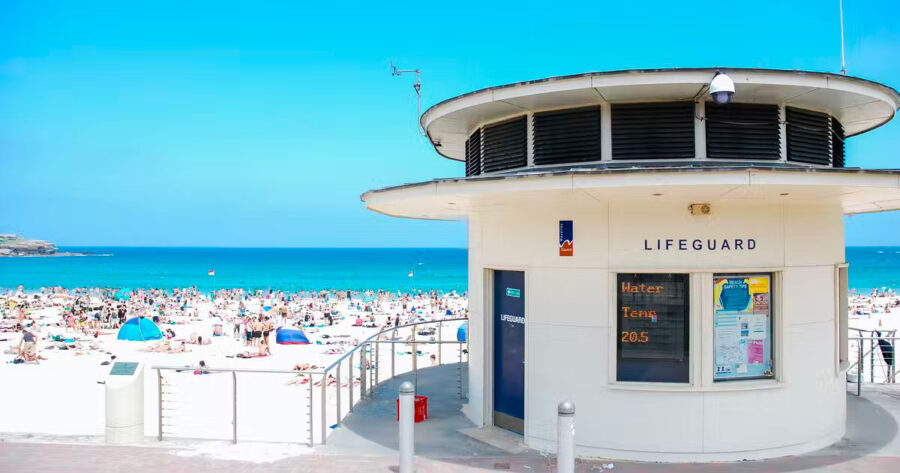
Sydney Shark Attack Triggers Calls for Cull – But There Are Non-Lethal Alternatives
The fatal shark attack off Sydney on Wednesday left the Australian city shocked, and triggered questions from a horrified public. Why would a shark just grab a man from the water? And will it strike again? By Daryl McPhee, Bond University. The incident – Sydney’s first fatal shark attack since 1963 – has prompted debate […]
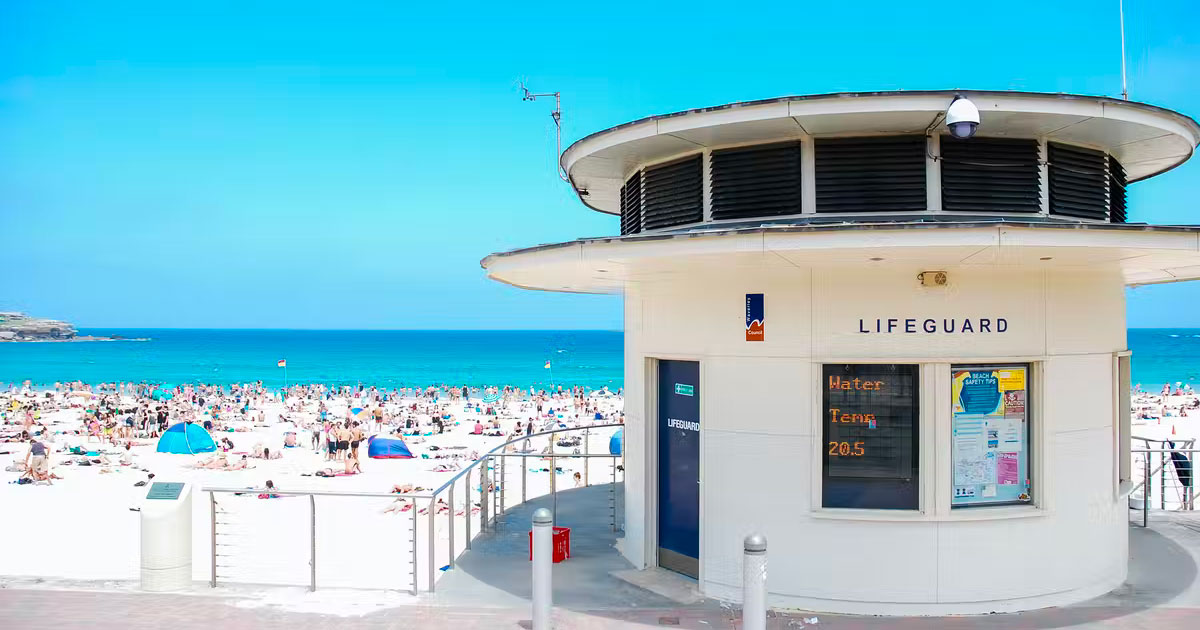
The fatal shark attack off Sydney on Wednesday left the Australian city shocked, and triggered questions from a horrified public. Why would a shark just grab a man from the water? And will it strike again? By Daryl McPhee, Bond University.
The incident – Sydney’s first fatal shark attack since 1963 – has prompted debate on what to do next. Some people even took to social media to call for sharks to be culled.
This is a common community response following unprovoked shark attacks. But killing sharks is highly controversial. And as my research has shown, there are many non-lethal alternatives to protect beachgoers from sharks.
As authorities grapple with the best way to respond to this tragedy, it’s worth remembering all shark mitigation measures come with both merits and drawbacks – and none is a silver bullet.
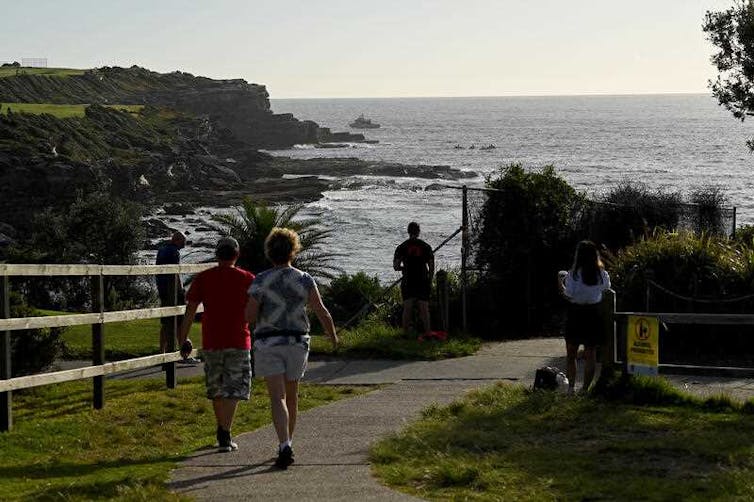
WATCH Shark Attack in Sydney
Killing sharks is problematic
It’s unlikely authorities would ever be able to hunt down the individual shark involved in Wednesday’s fatality. As Macquarie University marine scientist Vanessa Pirotta has noted, sharks travel large distances and the animal is likely to be long gone.
Other times, members of the community call for an area-wide shark cull – and in rare cases a government will oblige.
In Western Australia in 2013, for example, the then Liberal government announced shark “kill zones” near beaches following a string of attacks. But the measure was scrapped after fierce opposition from the public and environment officials.
Any increased effort to kill sharks is likely to face public and political opposition, for several reasons.
First, sharks pose a low risk to humans. It’s true that globally, the frequency of unprovoked shark bites has increased, due to factors such as more water users and changes in shark distribution and behaviour.
But the probability of an unprovoked shark bite remains low.
Second, public perception towards sharks is changing. Many people now realise the intrinsic value of sharks and their important role in marine ecosystems.
Given all this, we must keep pursuing non-lethal methods to protect swimmers and surfers from sharks while avoiding environmental damage.
Let’s look at such approaches in more detail.
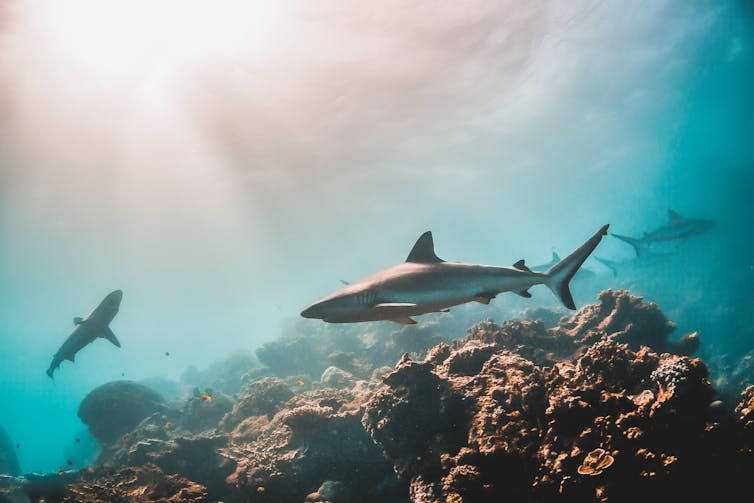
Aerial surveys
Aerial surveys involve detecting sharks via a plane, helicopter or unmanned drone, or by people on land.
Their effectiveness can vary depending on how clear, calm or deep the water is, and on wind strength and shark behaviour.
An aircraft with human observers on board can survey a lot of coastline. But an aircraft can spend less than a minute on each beach, limiting the opportunity to locate a shark.
And research has shown even in reasonably clear water, overall rates of detection from planes and helicopters is low.
Drones cost less to operate than manned aircraft and are better for surveying a single location. However, battery constraints mean commercially available models can only stay airborne for a limited time.
In future, drones could be tethered to helium balloons or kites to allow for longer-term surveillance. But such technology is still at an early stage.
Surf patrol towers can help lifeguards detect sharks. But they must offer a vantage point more than 40 metres above sea level to be suitable for the task – a height well above that normally afforded by existing towers.
Nets and drumlines
Sharks can be detected by capturing then releasing them. These methods include deploying either mesh nets or “drumlines” – baited hooks that lure sharks.
Shark nets operate at more than 50 NSW beaches in the warmer months. The program releases all live sharks caught in nets, but more than 80% of large “target” sharks caught in the nets die.
Traditional drumlines, used extensively in Queensland, also historically kill a significant proportion of sharks.
New “SMART” drumlines are designed to kill fewer captured animals. The device issues an alert when an animal is caught, and a contractor unhooks and relocates it.
Over three years of SMART drumline trials in NSW, high levels of live shark releases were reported. But the method requires extra labour expense to ensure rapid response to a capture.
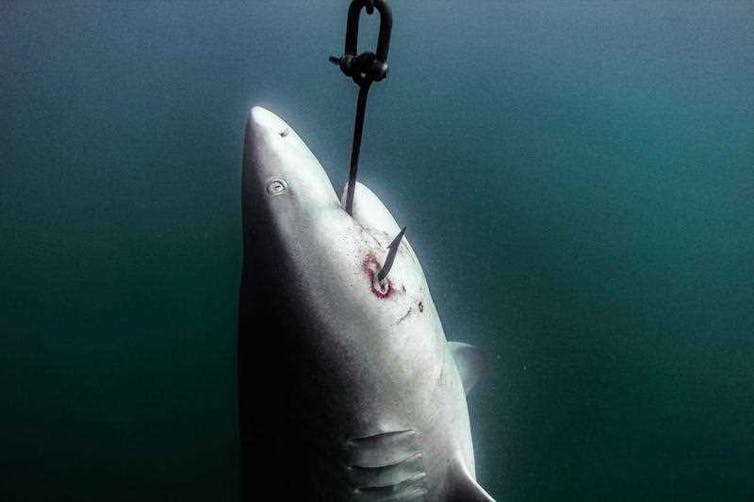
Area-based deterrents
Electrical shark deterrents have been investigated over many years. Research shows substantial promise, and Australia is making progress in commercialising the technology.
Scientists have investigated using acoustic deterrents such as orca calls and novel sounds to deter sharks. But such methods do not work on all shark species, and the impacts on other animals needs to be considered.
Physical barriers to exclude sharks from a particular area is a longstanding approach to protect bathers. Permanent swimming enclosures have worked in areas protected from exposed ocean conditions, such as Sydney Harbour.
But on ocean beaches, physical barriers must be designed to withstand constant wave energy, including extreme conditions. Previous attempted trials on NSW surf beaches failed as the gear either could not be installed, or was destroyed by the surf.
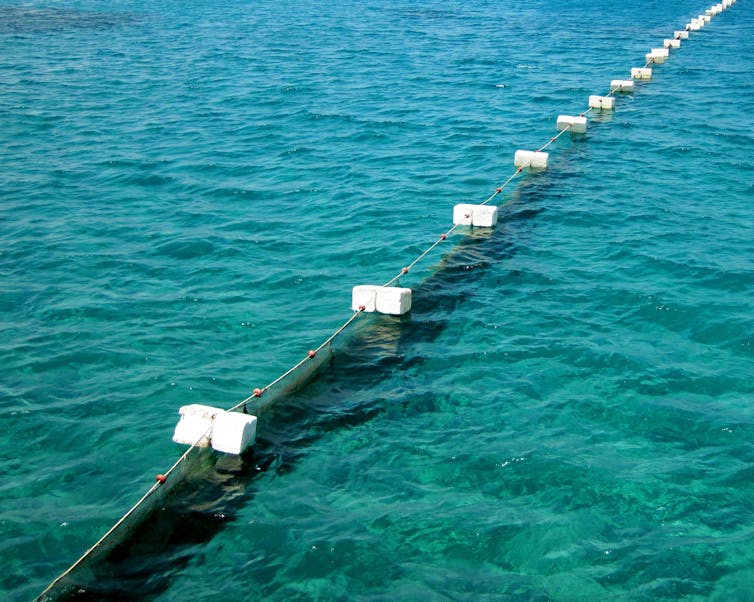
No quick fix
Wednesday’s fatal shark attack has understandably shaken the community and prompted debate. In all this, of course, we must remember that a human life has been lost.
Right now, talk of preventing future attacks will be of little comfort to the victim’s family and friends, eyewitnesses and first responders.
Looking further ahead, no system will ever deter or detect 100% of sharks. But risks can be reduced with well-considered approaches, suited to local conditions.
More research is needed into non-lethal strategies. The cost of various approaches is also an important consideration.
And no matter what system is used to protect beachgoers, it should be accompanied by efforts to educate the public about shark safety.
Tips include avoiding swimming or surfing in low light levels, avoiding beaches near estuaries after heavy rain and flooding, and avoiding places where stranded marine mammals are present – as the sites may attract sharks.![]()
Daryl McPhee, Associate Professor of Environmental Science, Bond University
This article is republished from The Conversation under a Creative Commons license. Read the original article.
